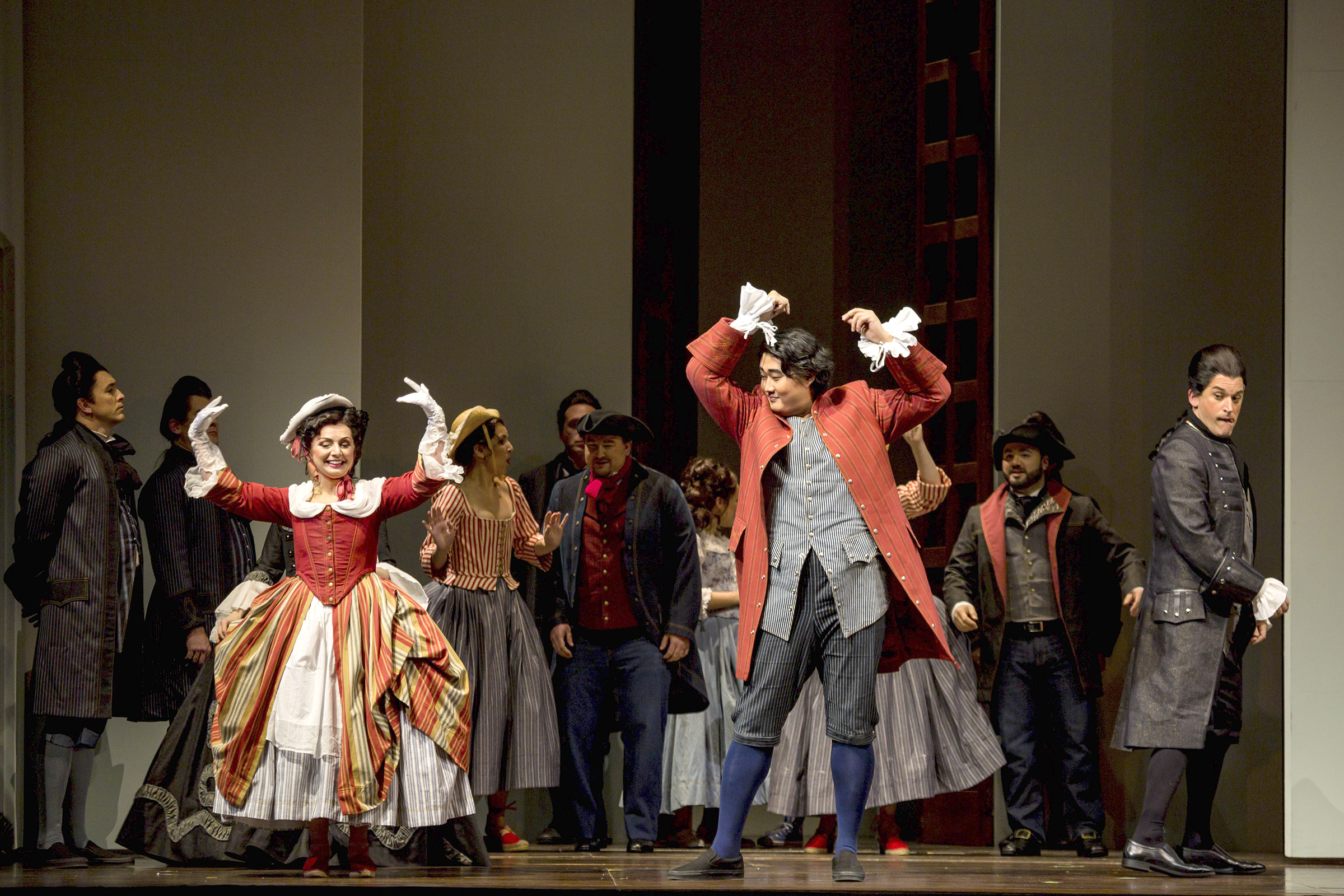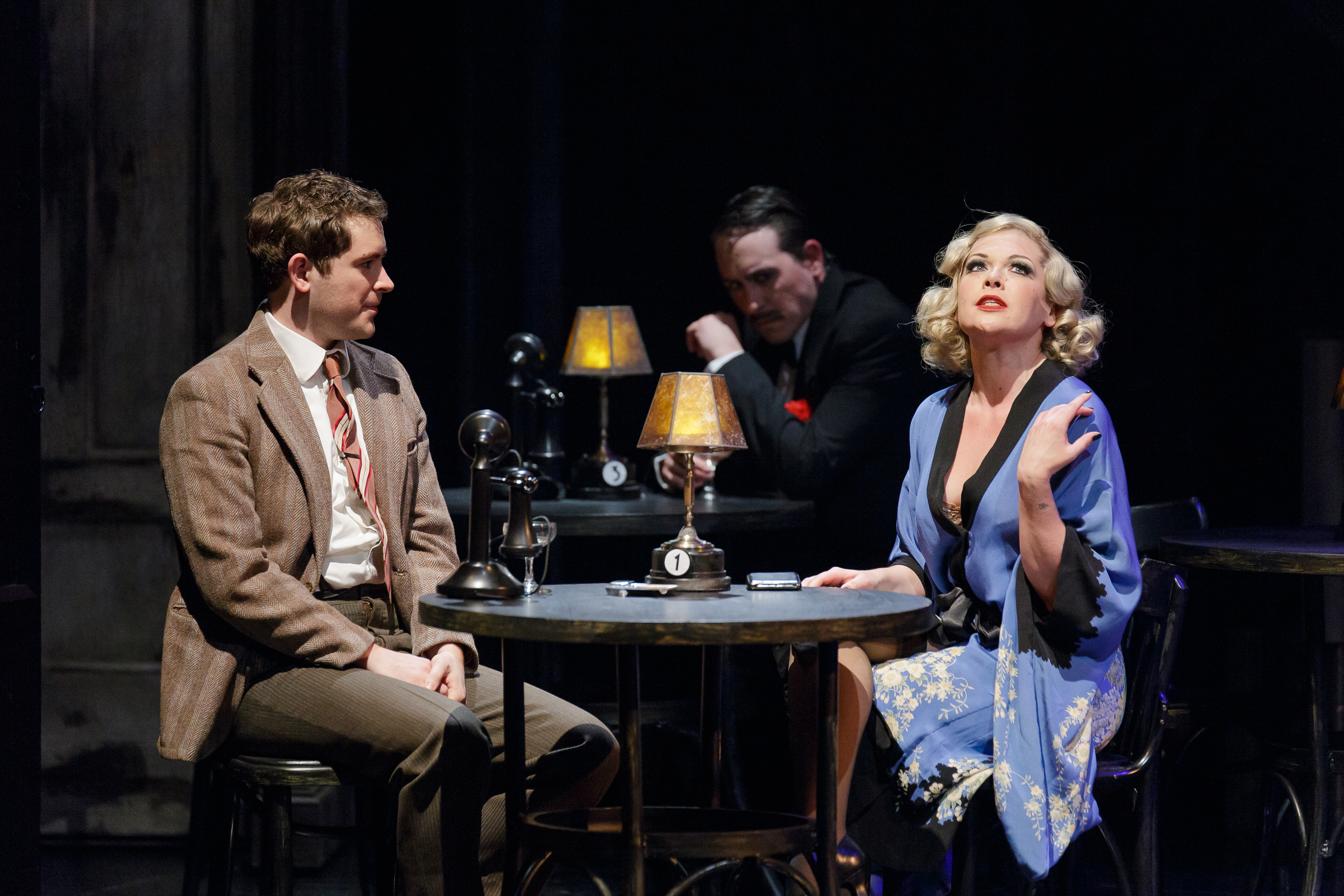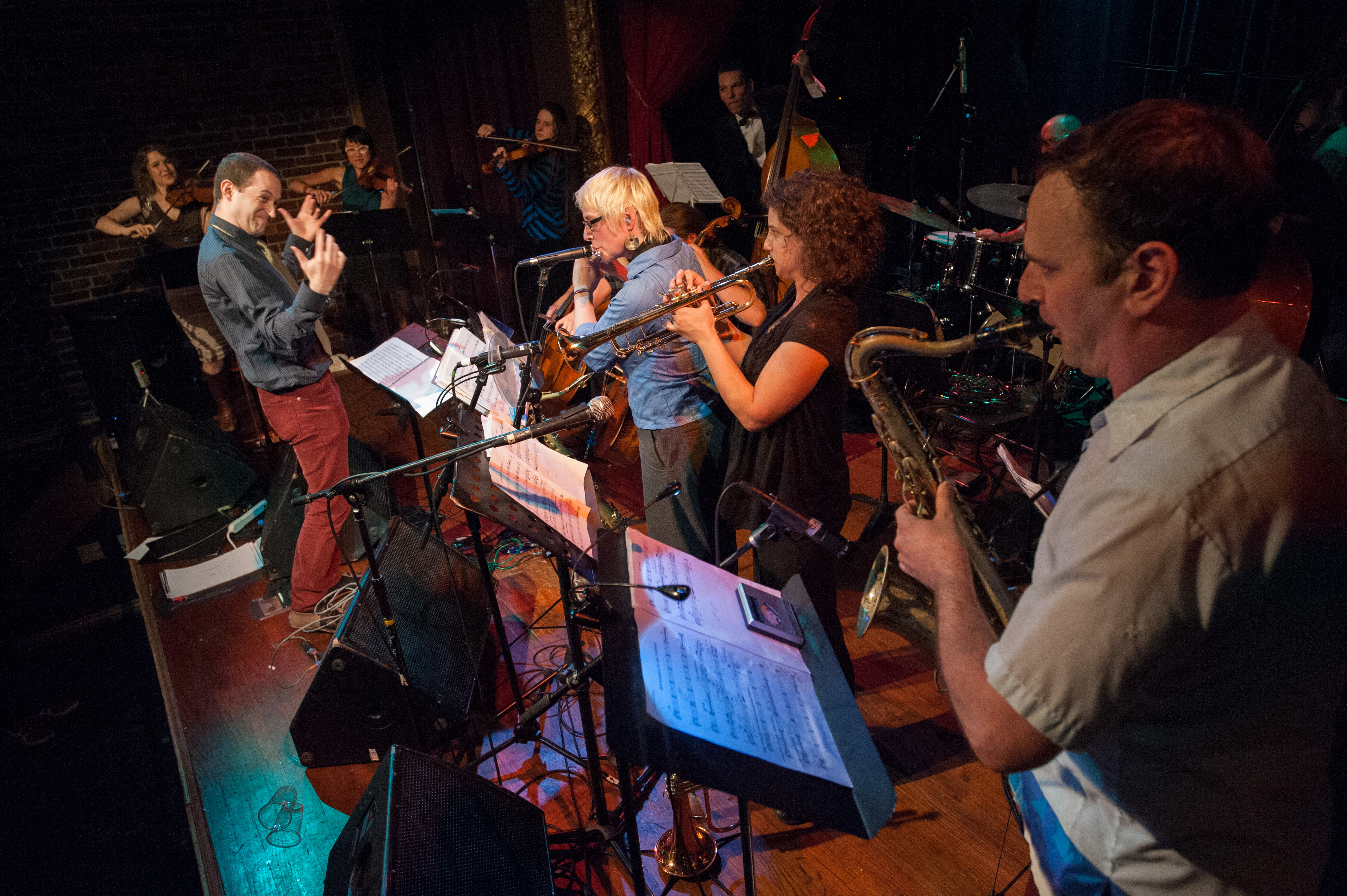English horns are not in any way English. It takes four musicians to properly play a trio sonata. And George Frideric Handel’s Messiah is not a Christmas piece.
Or at least not intended as one. Written in 1741 (in late summer), it covers the life of Christ—all of it, from “For unto us a Child is born” through “He was despised and rejected of men” to “Worthy is the Lamb that was slain”—and thus is more apropos for, if anything, Easter; it’s essentially an obituary. (Handel organized the first performance for a thoroughly secular event, a hospital fundraising concert.) But, despite Messiah’s gloomy and even tragic passages, it’s become associated with the celebration of his birth—part of the holidays’ Holy Trinity with Nutcracker and A Christmas Carol, works that dominate America’s stages this time of year and make December arts coverage such, ahem, a thrilling challenge.
That’s the reason one ensemble is focusing on Messiah’s festive parts—the first only of the work’s three sections, covering the Nativity, with the indispensable “Hallelujah!” chorus from Part 2 tacked on for a grand finale. The Seattle Mandolin Orchestra’s December 15 performance will be a startling new roast of this chestnut—a shake-up of your preconceptions of both the work and the instrument. (Mandolins are about much more than just gondoliers and The Godfather.) But, as conductor Joseph Pollard White points out, practically nothing in the score has to be changed: Not only does the standard mandolin use the same tuning and fingering as the violin (four strings, G, D, A, E), but the rest of the string section also has plucked counterparts in the mandolin family. (Those being: the slightly larger mandola, the still-larger mandocello, and the foundational mandobass. I had no idea.) So Handel’s string parts can be played just as they are—making the music sound like it’s “being played on a giant harpsichord,” says White.
The present SMO, White explains, was launched in 1980, but a mandolin orchestra has been around in one form or another in Seattle for more than a century. Popular in vaudeville days, every American city could boast one or more—especially those cities with large immigrant populations that transported the tradition from the Old World. Most often heard at events like Seattle Center’s Festa Italiana and Folklife, the SMO, two dozen strong, has attracted several professional string players who relish “a great way to play that’s low-pressure,” White says. The four vocal soloists, who’ll sing the chorus parts as well as the arias, are soprano Julie Finch, mezzo-soprano Elizabeth Giesbers, tenor Derek Sellers, and bass Gustave Blazek.
If the SMO will shed
new light on Messiah’s music, the singers of Inverse Opera will do the same for its text—“telling the story, not just singing it well,” says Jessica Spencer, billed as a producer for the December 13–21 performances by this group, founded in 2011, whose desire to bring dramatic immediacy and intimacy to the music-theater experience has taken the form of a series of genre-bending cabarets bridging Rossini and Katy Perry. Director Rob Scherzer describes the troupe’s Messiah as a “dramatic recreation of the piece . . . taking the piece they’ve all done a thousand times and trying to find some more specific truths” in it.
“I’ve spent the last three months with these guys really tearing down the musical pieces,” says Scherzer, with the result that the four soloists (Erica Row, Sonya Perez, John Coons, and Daniel Oakden) have excavated archetypal theatrical personae from the words of their solo arias—as Spencer describes it, the soprano a mother figure, the alto a passionate new convert, the tenor a disciple, the bass a cynic. With a chorus of eight additional singers and piano accompaniment, this is in one sense a minimalist Messiah, but lighting effects, blocking (the soloists will have their music memorized, and thus be untethered to black folders and free to move), and even some light redistribution of Handel’s score (turning solo arias into duets, for instance) will enable the singers to “find the dramatic impulse to push it forward,” says Scherzer.
Himself a past member of the Seattle Symphony Chorale, Scherzer has had experience with traditional Messiahs, but feels that the oratorio “begs to be turned into something more than people in tuxes . . . We need to find the truest essence of what this piece is.” Inverse Opera’s staging will be the first official event at the Kendall Center, the new annex to Taproot Theatre’s Greenwood space.
These of course aren’t
the only Messiahs available this season. Those unsatisfied with it merely as a spectator sport should drop by University Unitarian Church (uuchurch.org) on Dec. 26, when Seattle Pro Musica’s Karen P. Thomas will lead a sing- and play-along performance. Also, purists need not fear: The Seattle Symphony offers its annual well-upholstered version Dec. 20–22 (seattlesymphony.org).
gborchert@seattleweekly.com
SEATTLE MANDOLIN ORCHESTRA Green Lake United Methodist Church, 6415 First Ave. N.E., 595-7206, seattlemandolin.org. $12–$15. 7 p.m. Sun., Dec. 15.
INVERSE OPERA Kendall Center, Taproot Theatre, 208 N. 85th St., 781-9707, taproottheatre.org. $15–$25. Opens Dec. 13. 8 p.m. Fri.–Sat. Ends Dec. 21.






